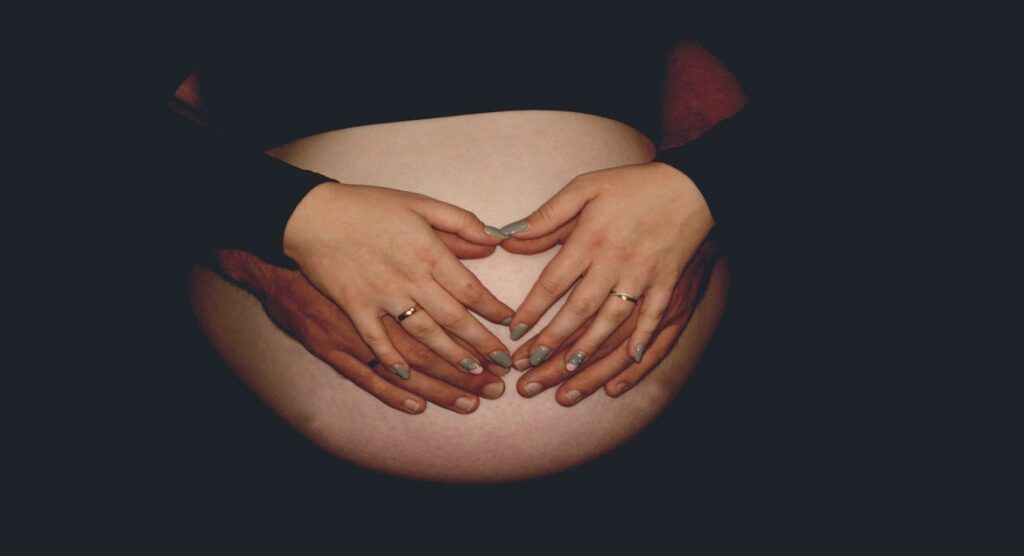Stretch marks are a common problem, but they don’t have to be. If you’re struggling with stretch marks, there are a few things you can do to help. And, if home remedies aren’t working for you, there are other options available as well. In this blog post, we will explore some of the best stretch mark treatment options and how you can use them at home. From creams and lotions to exercises and treatments, read on to find the solution that works best for you.
Table of Contents
What are Stretch Marks?
Stretch marks are an often unsightly but common side effect of intense physical activity or pregnancy. They occur as temporary blemishes on the skin caused by repeated and sudden stretching and tearing of the connective tissue. Scarring can also occur. There is no one-size-fits-all treatment for stretch marks, but various approaches may be effective in specific cases. Some home remedies, such as topical creams or lotions, can help minimize the appearance of stretch marks while other treatments, such as surgery or laser therapy, may be more effective in resolving their underlying causes.
What are the Causes of Stretch Marks?
There are many possible causes of stretch marks, including pregnancy, weight gain or loss, sudden increase or decrease in activity level, and childbirth. While they can occur on any part of the body, they’re most common on the abdomen, breasts, hips, and thighs. Also, Read: Breastfeeding Mother Diet Plan
How Do you Get Rid of Stretch Marks?
There are a variety of ways to get rid of stretch marks. Some people use home remedies while others may go to a doctor or dermatologist for treatment. Below are some methods that may help you get rid of your stretch marks:
- Apply warm oil or balm to the affected area twice a day. This will help improve the circulation and encourage the skin to heal itself.
- Use over-the-counter lotions that are meant to soothe and soften skin, such as glycerin or aloe vera gel. These lotions can be applied after cleansing and before moisturizing.
- Apply topical corticosteroids, which can help reduce inflammation and speed up the healing process. Corticosteroids should only be used in cases where other treatments have not worked or if there is significant risk of further damage to the skin.
- Consider laser therapy or light therapy, which have been shown to be effective in treating stretch marks in certain cases. Both types of therapies use light energy to fight off infection and promote healing in the skin. There is a small chance that these treatments may cause temporary scarring, but they are usually well-tolerated by patients.
Home Remedies for Stretch Marks
There are many home remedies for stretch marks, but the most important thing is to find something that works for you. Here are some ideas to try:
- Apply a topical cream or lotion to the stretch mark area every day. Add fragrances, if desired, to make it more comfortable. This may help improve the appearance of the mark over time.
- Apply a topical ointment or gel to the stretch mark area once or twice a day. These products contain ingredients that can help reduce inflammation and speed up the healing process.
- Take supplements such as salmon oil or vitamin E, which have been shown in studies to be helpful in improving the appearance of stretch marks.
- Use ultraviolet light therapy (UVA and UVB) on a regular basis to promote healing and reduce the severity of stretch marks. UVA light penetrates deeper than UVB light, so it is best used on areas with deeper scarring. The treatment should be repeated every two weeks for six sessions total.
- Exercise regularly and avoid excessive weight gain around the time of your pregnancy as this can increase your chances of developing stretch marks later on in pregnancy. Also, Read: Pregnancy at Age 35: All You Need to Know
Surgery for Stretch Marks
Stretch marks are a cosmetic problem that can occur on the skin following pregnancy, weight loss, exercise, or other physical activity. They typically form as red, indented lines on the skin and are most visible in areas of high tension (such as the stomach). They can be treated with various procedures, but usually require surgery to remove them. There are a number of home remedies that may help to lighten or erase stretch marks, but these treatments are not always effective and should only be used in conjunction with professional advice.
If you’re looking for stretch mark treatment that doesn’t involve surgery or expensive creams, there are a few home remedies and other options available to you. Hopefully this article has given you a better understanding of the various treatments and allowed you to make an informed decision about which is right for you. If your stretch marks are causing significant distress or if they keep reappearing despite treatment, please don’t hesitate to contact us for more information or advice.



